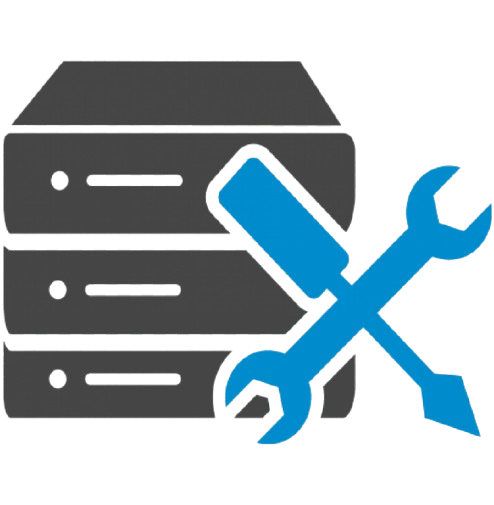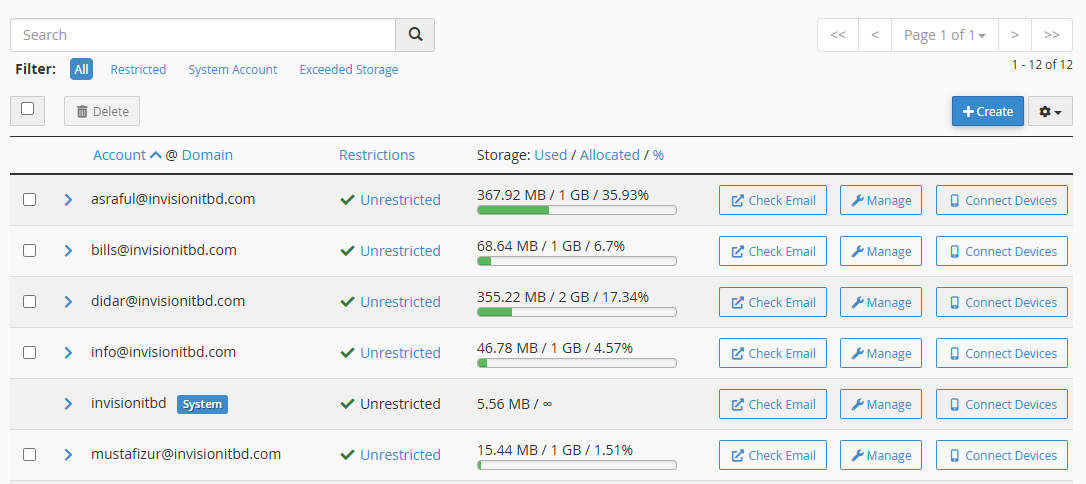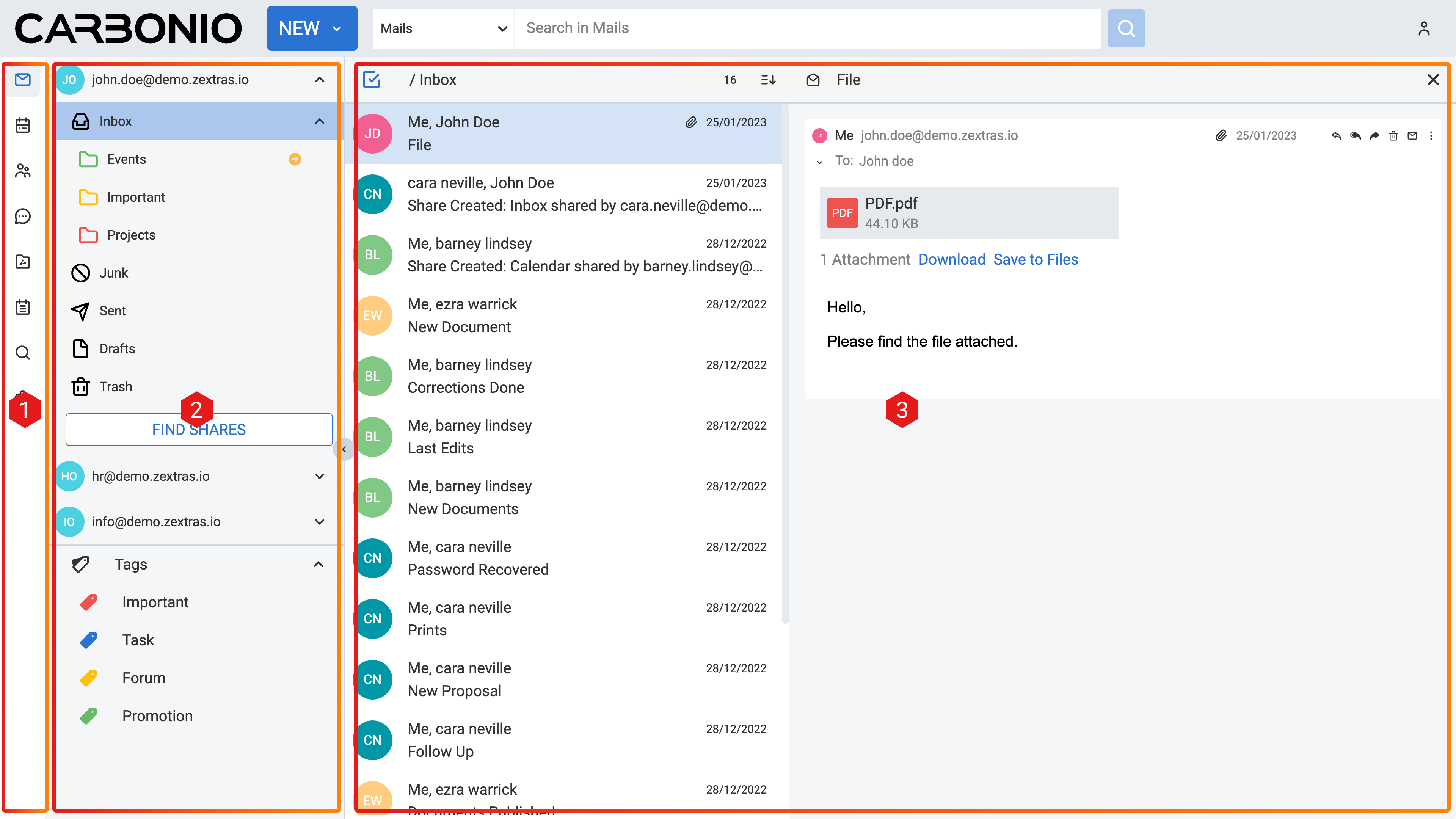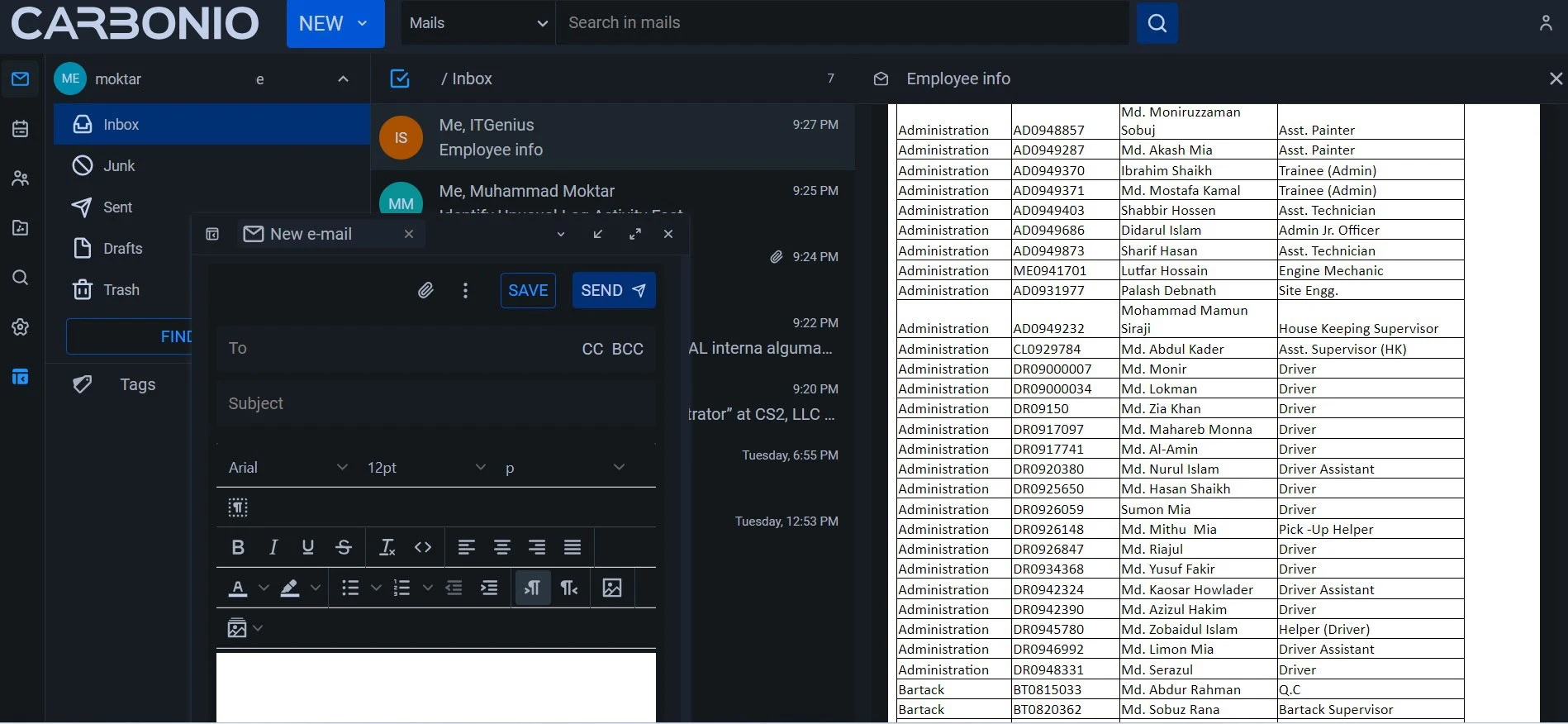Postfix Mail Server
Postfix is a free and open-source Mail Transfer Agent (MTA) that routes and delivers
email. It's designed to be a secure, high-performance, and easy-to-administer
alternative to Sendmail. Postfix handles the sending and receiving of emails, making it
a crucial component of many mail systems.
Postfix can run on UNIX-like systems including AIX, BSD, HP-UX, Linux, MacOS X, Solaris,
and more.
Postfix is also distributed as ready-to-run code by operating system vendors, appliance
vendors, and other providers. Their versions may have small differences with the
software that is described on this website.
Postfix is a hugely-popular Mail Transfer Agent (MTA) designed to determine routes and
send emails. This cross-platform server is open-source, free, and suitable for
installation on the majority of UNIX-like operating systems








